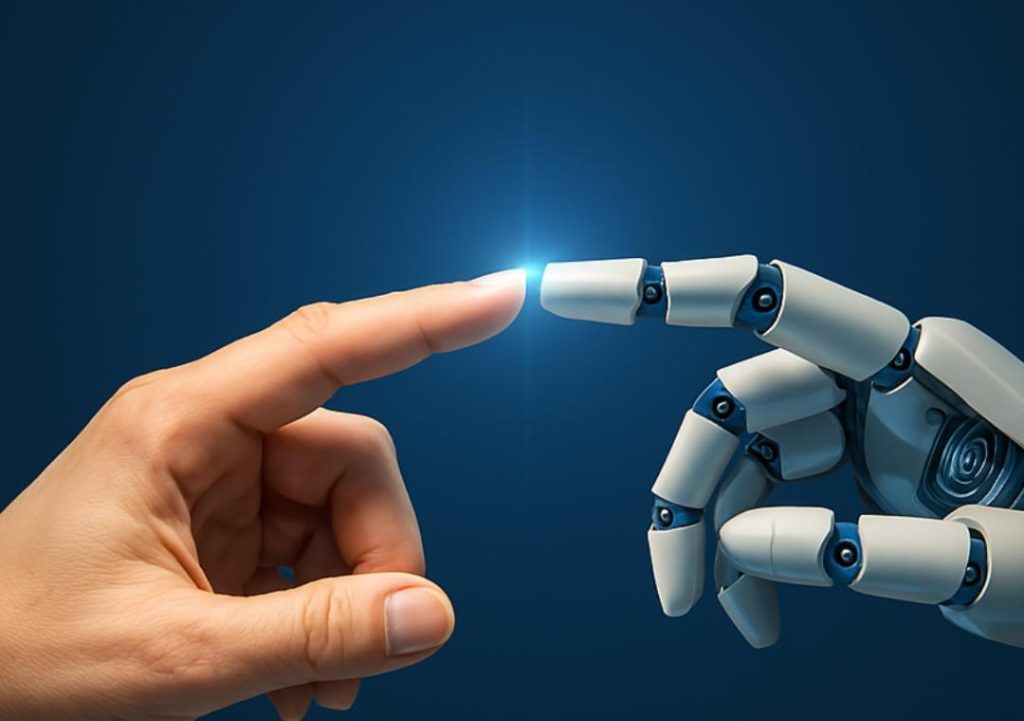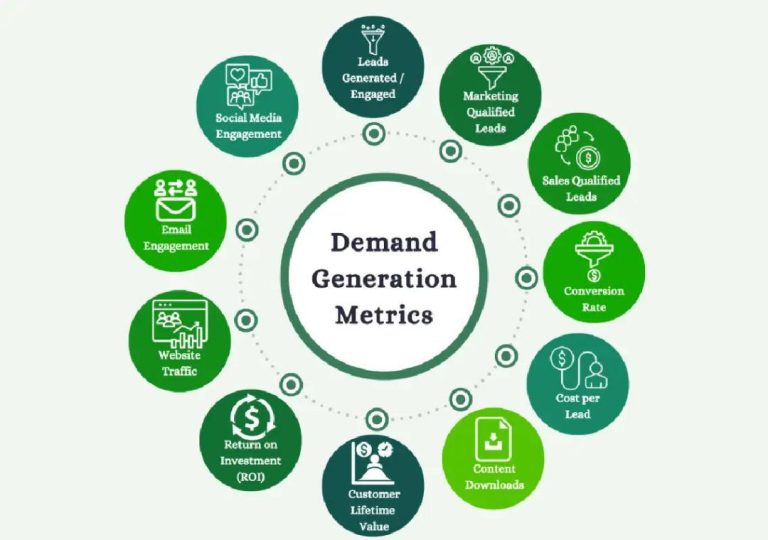
Human Hands Still Make Smarter AI
The rise of artificial intelligence (AI) has revolutionized the way we live and work. From virtual assistants to self-driving cars, AI has become an integral part of our daily lives. However, while AI has made tremendous progress in terms of speed and efficiency, there’s one crucial aspect where human intelligence still plays a vital role: nuance. In areas like healthcare, legal, and language, where interpretation matters, human-annotated datasets remain the key to unlocking AI’s true potential.
In recent years, we’ve seen a surge in the development of AI models that can process vast amounts of data quickly and accurately. These models can analyze medical images, diagnose diseases, and even predict stock market trends. However, their success is largely dependent on the quality and accuracy of the data they’re trained on. This is where human hands come in – carefully annotating datasets to ensure AI models understand the nuances of the data.
The Limitations of AI
While AI has made tremendous progress, it’s still limited in its ability to understand the subtleties of human language, behavior, and decision-making. For instance, AI models can struggle to detect subtle changes in medical images, or understand the context of a sentence in a legal document. This is because AI models are programmed to recognize patterns in data, but they lack the human intuition and common sense that’s necessary to interpret complex data.
The Importance of Human Annotation
Human annotation is the process of labeling datasets with relevant information, such as classifying images as “healthy” or “diseased”. This process is crucial because it allows AI models to understand the context and nuances of the data. For example, in medical imaging, human annotators can label images as “benign” or “malignant”, which helps AI models to learn what to look for and how to diagnose diseases more accurately.
In the legal field, human annotation is essential for AI-powered contract analysis. Annotators can label contracts as “enforceable” or “unenforceable”, which helps AI models to understand the legal implications of a contract and provide accurate predictions.
The Benefits of Human-AI Collaboration
While AI can process vast amounts of data quickly and accurately, it’s only as good as the data it’s trained on. Human annotation ensures that AI models understand the nuances of the data, which is particularly important in areas like healthcare and legal, where interpretation matters. By combining human intelligence with AI, we can create more accurate and reliable models that can make better decisions.
For instance, in healthcare, AI models can analyze medical images and identify potential diseases. However, human annotators can review the results and provide additional context, such as the patient’s medical history and symptoms. This collaboration between human and AI can lead to more accurate diagnoses and better patient outcomes.
The Future of AI and Human Annotation
As AI continues to evolve, we can expect to see more complex and nuanced applications of AI in various industries. However, the importance of human annotation will only continue to grow. As we move forward, it’s essential that we invest in careful labelling and annotation to ensure that AI models understand the nuances of the data.
In conclusion, while AI has made tremendous progress, it’s human intelligence that still makes smarter AI. Human annotation is the key to unlocking AI’s true potential, and it’s essential that we prioritize this process to ensure that AI models understand the nuances of the data. By combining human intelligence with AI, we can create more accurate and reliable models that can make better decisions. As we move forward, it’s essential that we continue to invest in careful labelling and annotation to ensure that AI models work in sync with human intelligence.
Source:
https://www.growthjockey.com/blogs/ai-data-collection-intellsys






